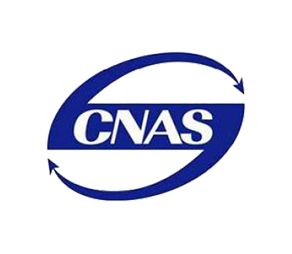Efficient and safe gas distribution relies on proper pipe selection and installation. Whether you're laying underground gas pipes, selecting a PE gas pipe for your main supply line, or planning gas pipes in a house, understanding the material, application, and standards is crucial. This article covers the key aspects of using polyethylene gas pipes and integrating them into residential systems.
1. What Is PE Gas Pipe and Why Is It Used Underground?
PE (polyethylene) gas pipes are commonly used in underground gas distribution due to their durability, flexibility, and corrosion resistance. These pipes are typically yellow in color to indicate natural gas service and are manufactured to meet stringent pressure and safety standards.
Key benefits of PE gas pipe for underground use include:
Corrosion Resistance: Unlike steel, PE does not rust or degrade in harsh soil conditions.
Flexibility: Can absorb minor ground movements without cracking.
Leak-Free Jointing: Compatible with heat fusion methods, ensuring a strong, sealed connection.
PE gas pipes are generally installed below ground at a depth of 18–36 inches, depending on local regulations, with proper bedding and backfill materials to prevent stress or deformation.
2. Transitioning to Indoor Systems: Connecting to Gas Pipes in the House
Once the PE pipe reaches the building, it typically connects to indoor piping via a transition fitting or a steel riser. Inside the house, gas distribution is handled by approved materials such as:
Black iron or galvanized steel pipes
Copper pipes (in some regions)
CSST (corrugated stainless steel tubing)
PEX-AL-PEX (in limited jurisdictions)
These indoor gas pipes must follow strict code requirements, including proper support, shut-off valves, and safe routing (e.g., not running through bedrooms or enclosed ceilings without access panels).
3. Installation Tips for Underground and Indoor Gas Lines
Plan the route carefully: Avoid running gas lines near electrical or water pipes.
Use tracer wire: For underground PE pipes, a tracer wire must be buried alongside for future location.
Perform pressure testing: Both underground and indoor systems should be pressure tested to detect leaks before commissioning.
Follow local codes: Installation practices must comply with national and local building and gas safety codes (e.g., NFPA 54 in the US).
4. Common Questions About Gas Piping Systems
Can I use PE gas pipe indoors?
No, PE pipes are not approved for indoor use. They must terminate outside the building envelope.
How do I know if my house gas pipe needs replacing?
Look for corrosion, leaks, or outdated materials. A licensed plumber or gas technician should assess the system.
Are underground gas pipes safe?
Yes — when properly installed and maintained, PE underground gas pipes are extremely safe and have a service life of over 50 years.
From underground supply lines to indoor connections, choosing the right gas pipe is essential for safety and efficiency. PE gas pipes provide a reliable underground solution, while gas pipes in the house must follow strict material and installation standards. For both residential and commercial projects, understanding your system's full layout and ensuring code compliance will help guarantee long-term performance and peace of mind.
FAQ
Q1: Can PE gas pipe be used for indoor gas installations?
A1: No. PE gas pipe is only approved for underground outdoor use. It must terminate before entering a building, usually via a steel or approved transition fitting.
Q2: How deep should underground gas pipes be buried?
A2: Depth requirements vary by location, but typically 18 to 36 inches (45–90 cm) deep. Always check local codes and include a tracer wire for location and safety.
Q3: What are the advantages of using PE gas pipe?
A3: PE gas pipe is flexible, corrosion-resistant, lightweight, and supports leak-free fusion joints, making it ideal for underground gas distribution.
Q4: What types of pipes are used inside the house for gas?
A4: Common materials include black steel, copper (in some regions), and CSST (corrugated stainless steel tubing). All must be installed per code with proper support and shutoff valves.
Q5: How do I transition from underground PE gas pipe to house piping?
A5: A transition fitting or riser is used, typically with a steel pipe that brings the gas line above ground and connects safely to the building's indoor system.
Q6: How long does PE gas pipe last underground?
A6: When properly installed and protected, PE gas pipe can last 50 years or more, depending on environmental conditions and maintenance.
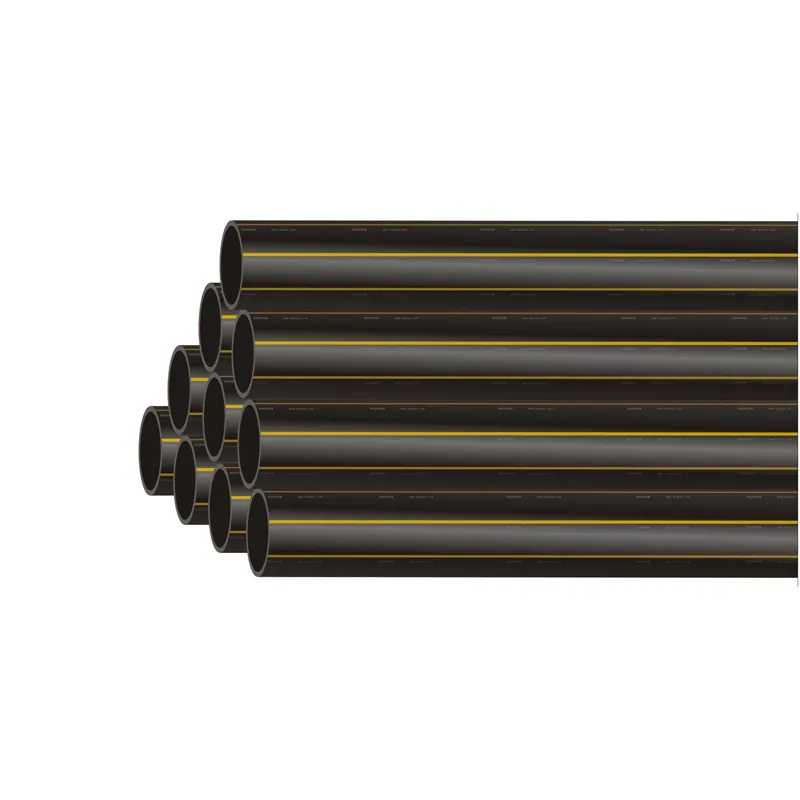
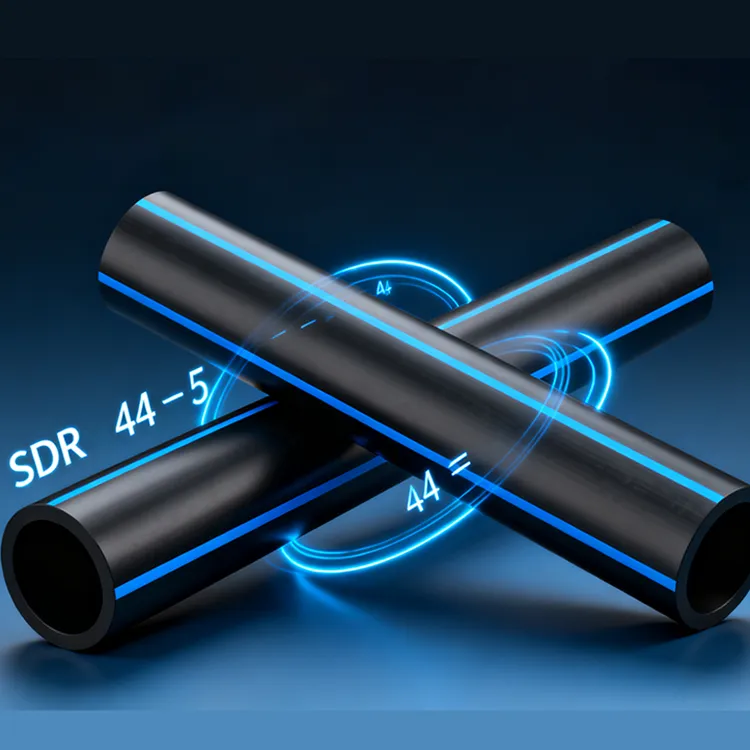
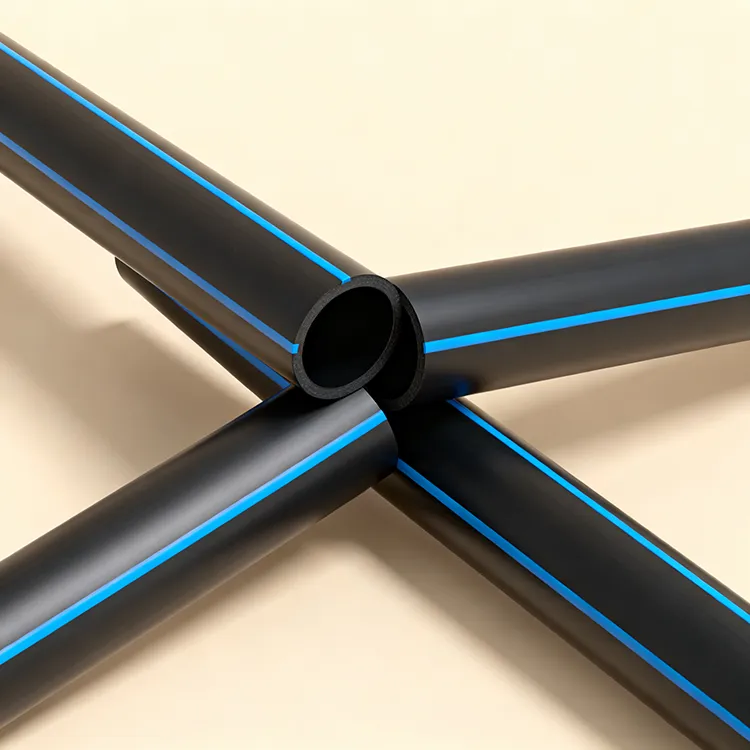
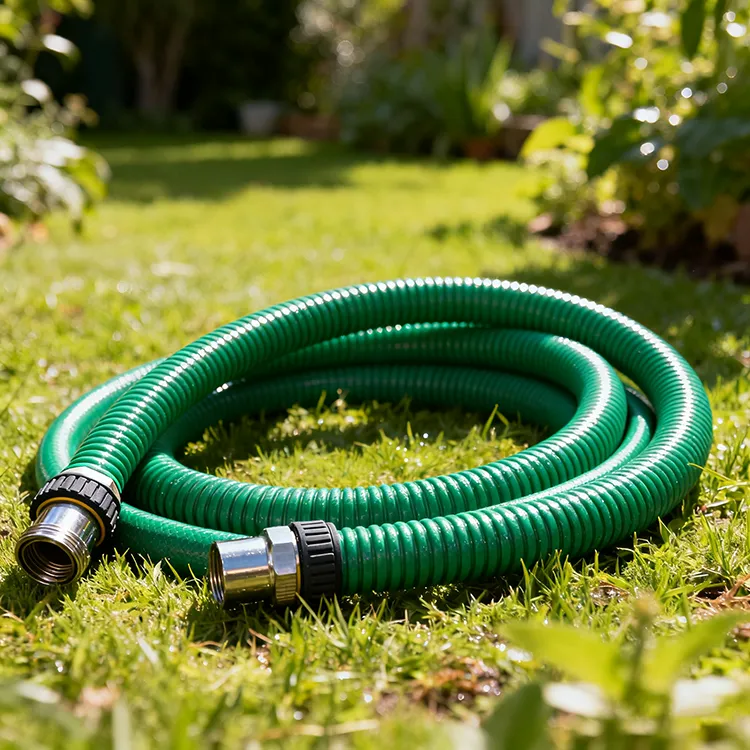
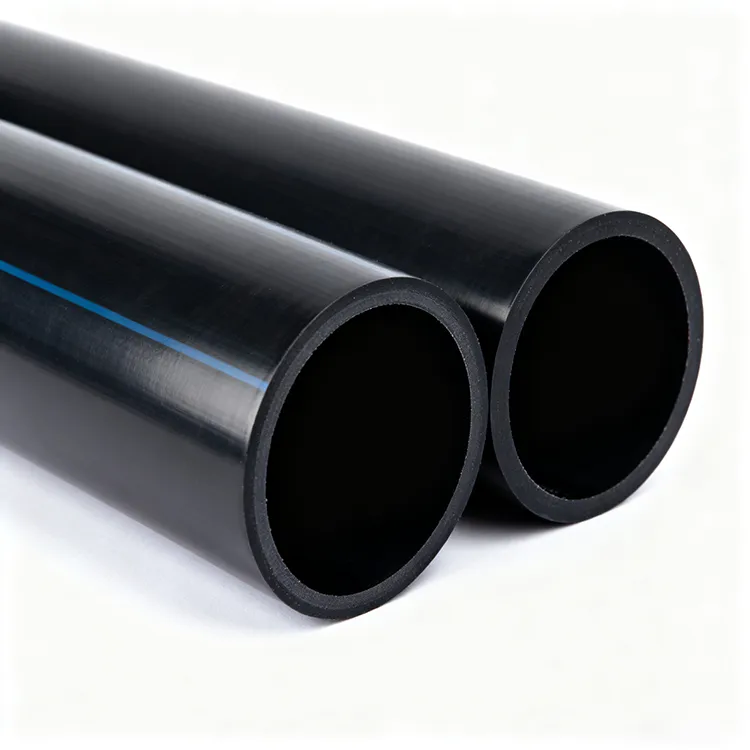
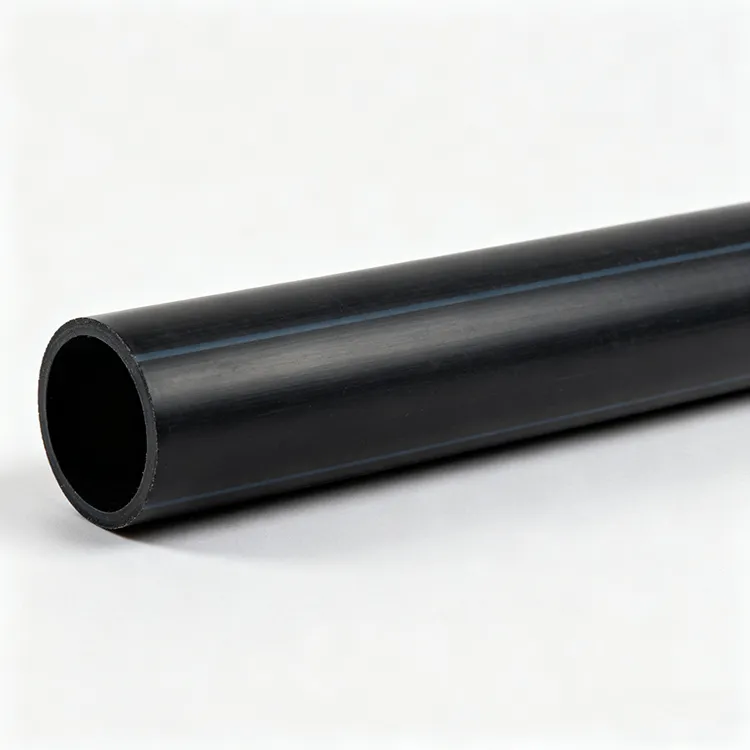
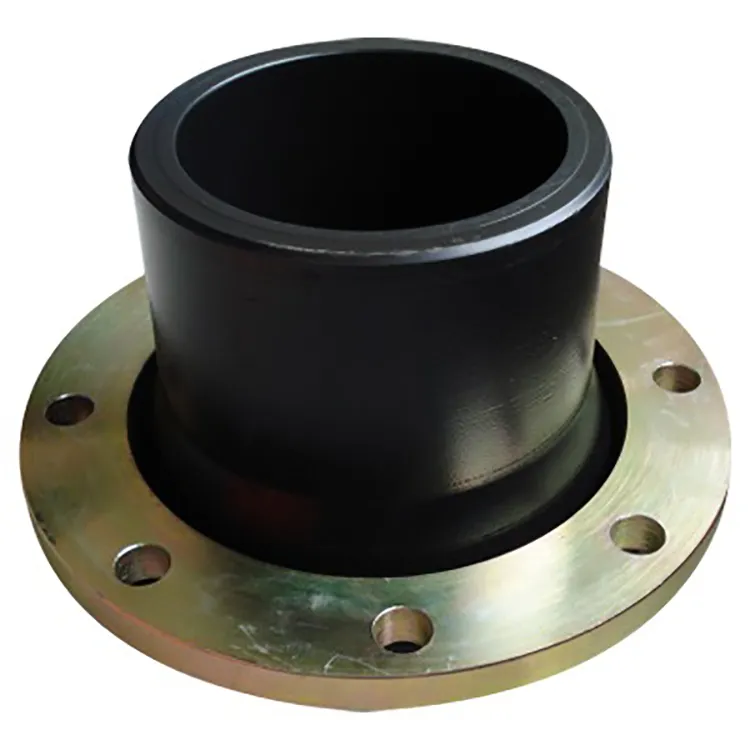
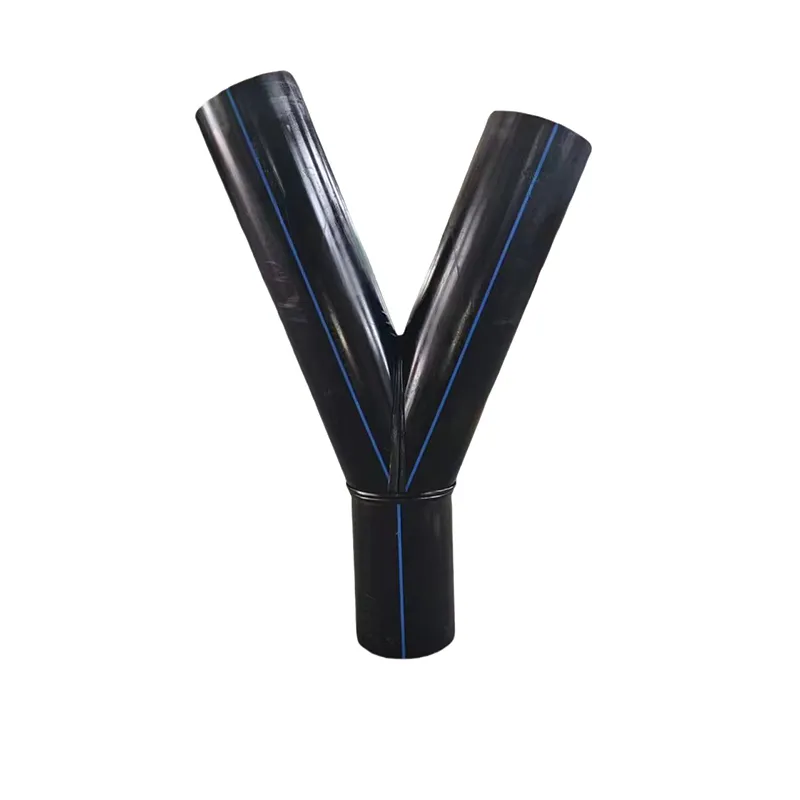
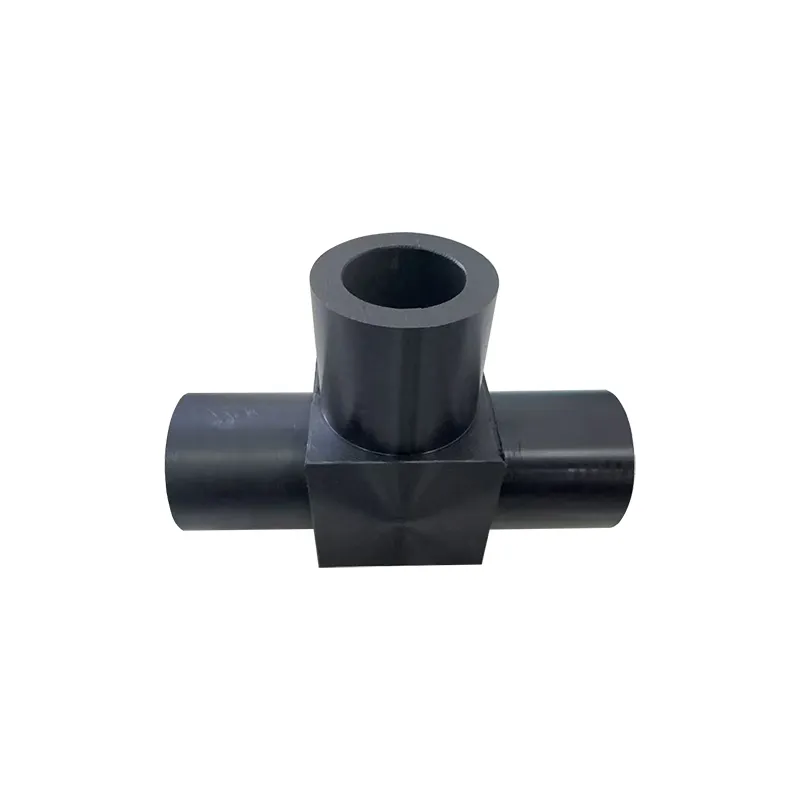
659.webp)
210.webp)
328.webp)
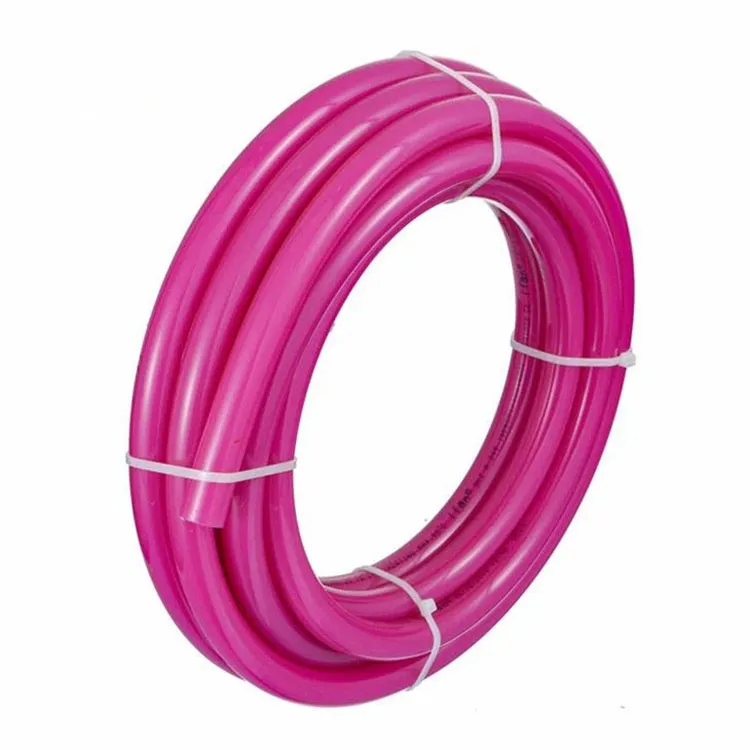
294.webp)
476.webp)

